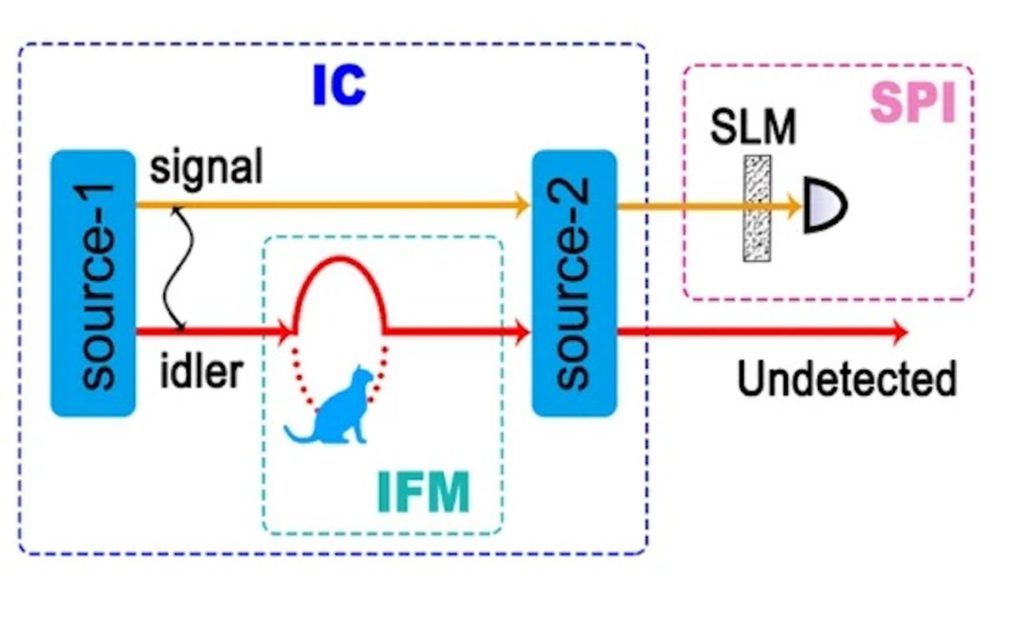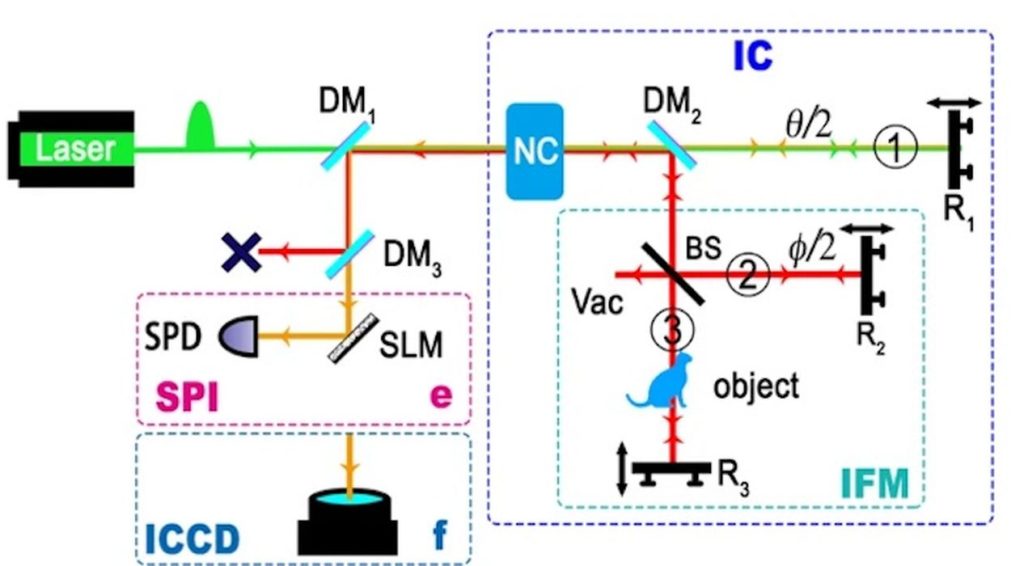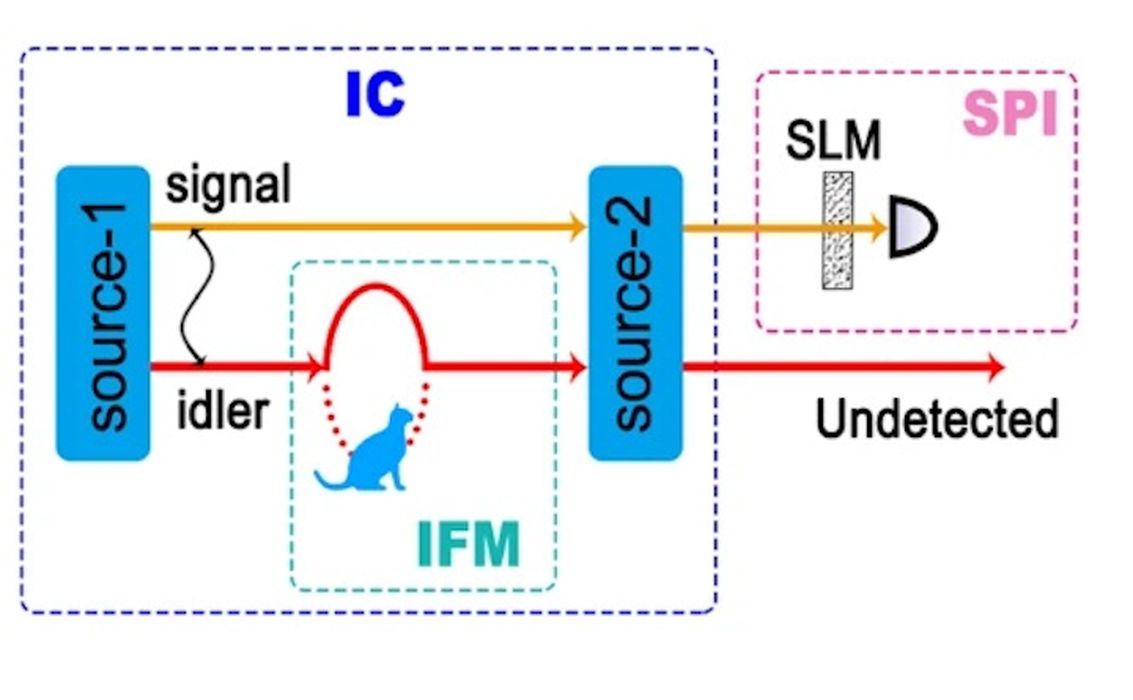
What are the implications for 3D printing from the development of an interaction-free quantum camera?
Hold on, what is a “quantum camera”? It’s a bit complicated, but let me explain.
In a normal optical camera, a light source, perhaps the sun, blasts photons on a subject. Many of those photons are reflected, and some just happen to hit the lens of your camera. The photons hit the image sensor, and you have a digital image.
A quantum camera works quite differently. Instead of using reflected photons conveniently provided by a light source, it emits photons.
But they are special photons.
They are entangled photons. “Entanglement” is an extremely strange quantum property of matter where pairs of particles can be “entangled”. The result is that if one particle is measured, the other particle instantly changes its measurement as well. This all happens literally instantly, faster than the speed of light between the two entangled particles.
Yes, I know this sounds like science fiction, but it is indeed real and has been validated by decades of physics experiments. While it is a highly unusual property, it’s being used in these quantum cameras.
The idea is to create pairs of entangled photons, and then shoot one of each pair at an object. When the transmitted particle interacts with the subject, the remaining particle reacts and can be measured. A series of these single photon sequences can build up an image of the subject, all while never using reflected light.
The new research describes something even weirder, if that is even possible: a quantum camera that is “interaction free”. This means that the particles shot from the camera do not actually hit the subject at all.

Well, that’s mostly true. Basically the photons miss (most of the time) or hit (rarely) the subject. Ultra sensitive detectors use this information to measure the particle interference, and from this an image can be generated.
It’s a fascinating technology and one of many in quantum mechanics. I encourage you to take a look at the topic, if you haven’t already. It is utterly fascinating how the way the world works at nanoscale is completely different from our normal understanding.
But could this technology be used in 3D printing?
At first I thought the quantum camera approach could be somehow used to develop an advanced 3D scanner, one that might be able to see around objects. But that’s likely not the case here because the extremely precise nature of the measurement technology suggests that only small samples be tested in environments free of stray photons.
Another potential use would be to examine 3D printed materials. The researchers explain:
“Such “interaction-free” quantum cameras are still part of basic research. But they have the potential to be used in the future for the gentle analysis of extremely light-sensitive objects.”
It is also possible this approach could somehow be leveraged into a new form of 3D printing process, but I’m not the one to figure that out.
Via Heise (Deutsche) and Nature (Hat tip to Benjamin)

